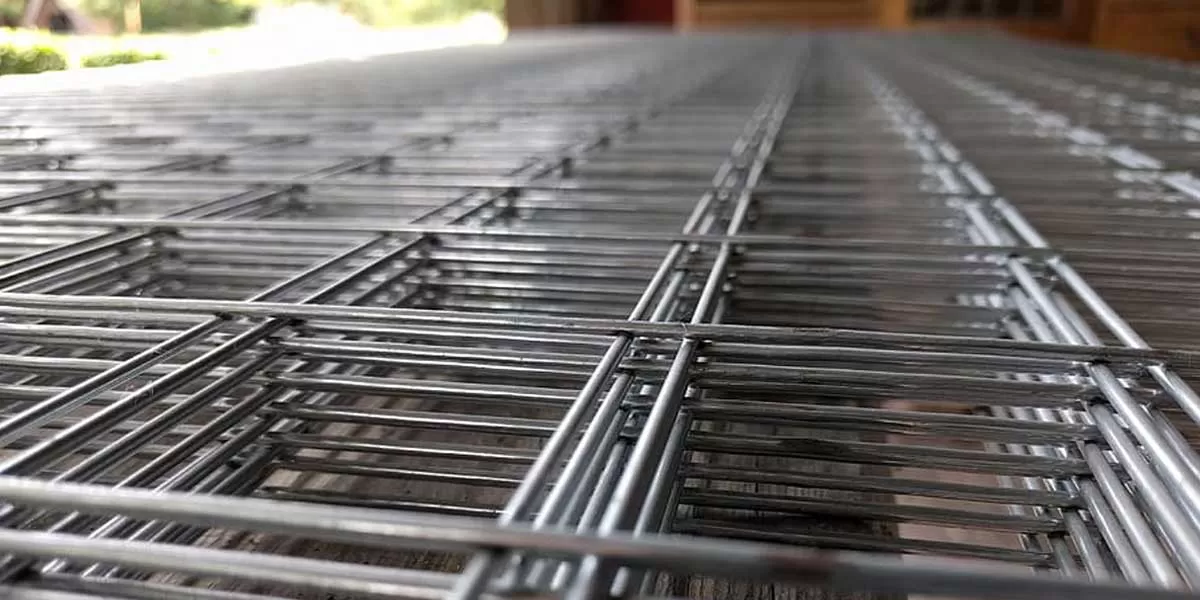India emerged as a net importer of steel during the April-July period of the current fiscal year, driven by a significant increase in shipments from China, according to a recent report. This shift marks a departure from India's usual status as a net exporter of steel and underscores the changing dynamics in the global and domestic steel markets.
During the April-July period, India imported a substantial volume of steel, with Chinese shipments playing a dominant role. The surge in Chinese steel imports has been attributed to competitive pricing, which has made it more attractive for Indian buyers. This trend has raised concerns among domestic steel producers, who have been grappling with a slowdown in domestic demand and increasing competition from imports.
The rise in steel imports from China has affected India's trade balance in the steel sector. Traditionally, India has been a net exporter of steel, leveraging its robust domestic production capabilities. However, the current scenario reflects a shift in market dynamics, where imports have outpaced exports, leading to India becoming a net importer.
The domestic steel industry is facing multiple challenges, including a slowdown in demand from key sectors such as construction and infrastructure, which has contributed to a buildup of inventories. At the same time, global factors, such as economic uncertainty and trade tensions, have impacted the overall demand for steel, influencing both production and trade patterns.
Chinese steel producers, benefiting from lower production costs and excess capacity, have been able to export large quantities of steel at competitive prices. This has allowed them to capture a significant share of the Indian market, putting pressure on domestic producers. The influx of Chinese steel has also raised concerns about the impact on domestic steel prices and profitability.
Industry experts have expressed concerns over the long-term implications of this trend, particularly for the domestic steel industry. The increase in imports could potentially lead to reduced capacity utilization and profitability for Indian steel manufacturers. There are also worries about the potential impact on employment in the steel sector, as well as the broader economic implications.
In response to the rising imports, domestic steel producers may seek government intervention in the form of protective measures, such as anti-dumping duties or import restrictions, to safeguard the industry. However, such measures would need to be carefully calibrated to avoid unintended consequences, such as price hikes for downstream industries that rely on steel as a key input.
The situation also highlights the importance of enhancing the competitiveness of the Indian steel industry. This could involve measures to reduce production costs, improve efficiency, and invest in new technologies. Additionally, boosting domestic demand through infrastructure development and other initiatives could help absorb the increased production and reduce reliance on imports.
The current trend of India being a net steel importer, driven by the surge in Chinese imports, underscores the need for a strategic approach to managing the steel sector. Balancing the interests of domestic producers with the need to maintain a competitive market will be crucial in ensuring the long-term health of the industry.
As India navigates this challenging period, the steel industry will need to adapt to the evolving market conditions. This may involve exploring new markets for exports, improving product quality, and enhancing cost competitiveness. The government's role in supporting the industry through policy measures and infrastructure development will also be critical in shaping the future of India's steel sector.
In conclusion, the rise in Chinese steel imports has led to India becoming a net steel importer during the April-July period, signaling a shift in market dynamics. This development presents both challenges and opportunities for the domestic steel industry, which will need to adapt to the changing landscape to maintain its competitiveness and contribute to India's economic growth.




















